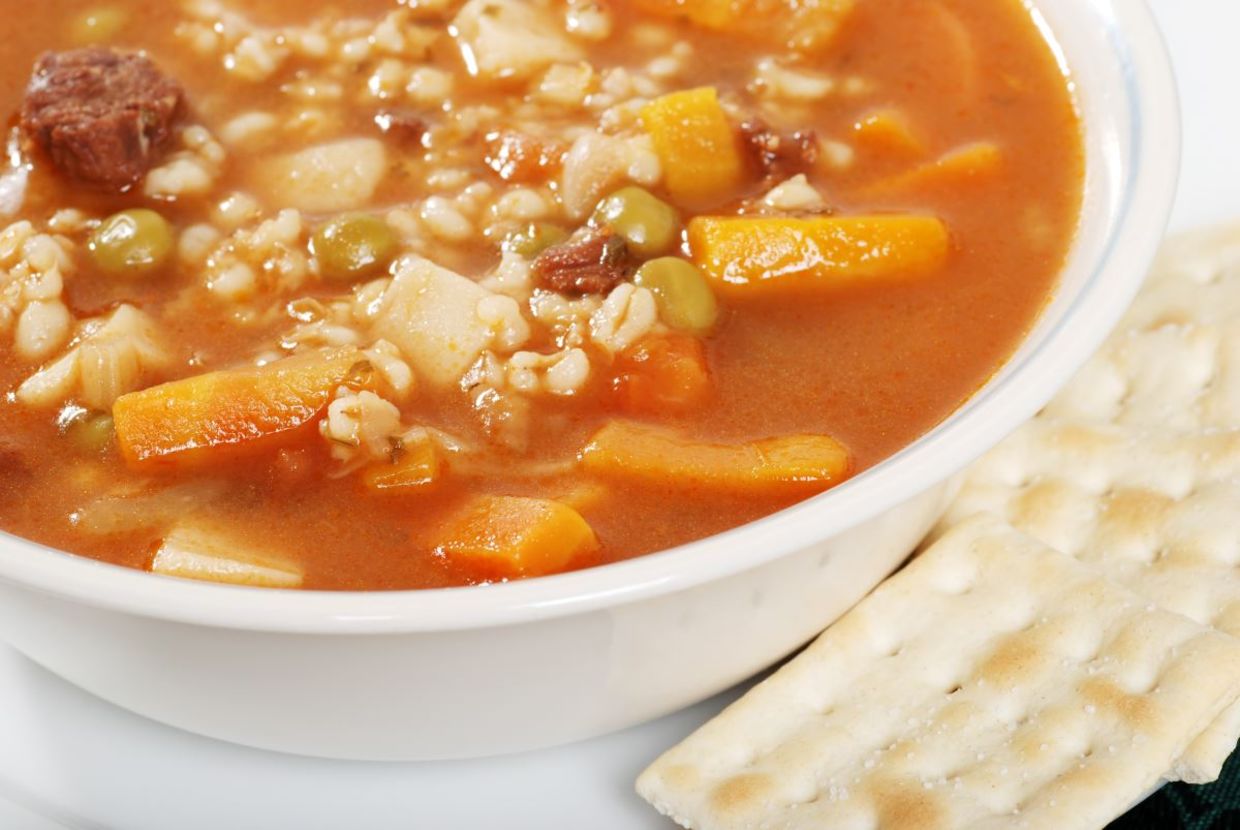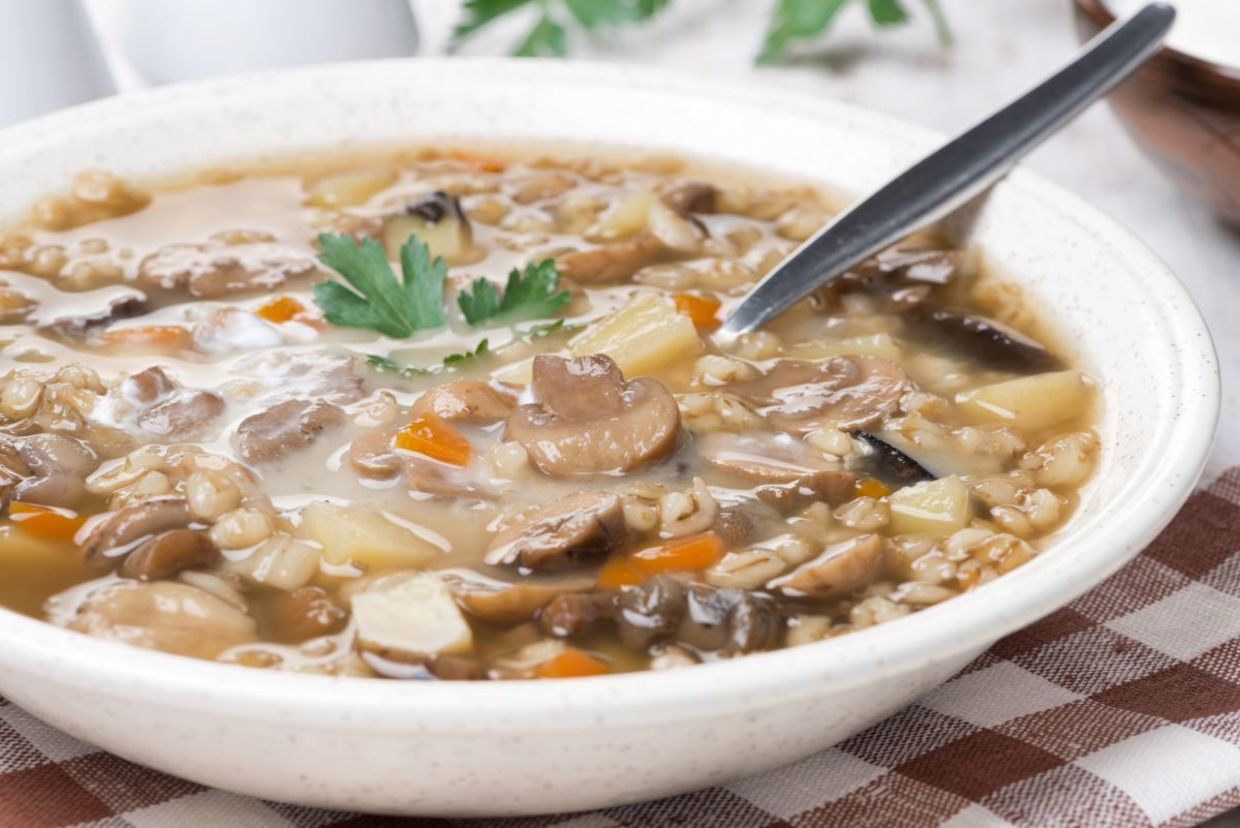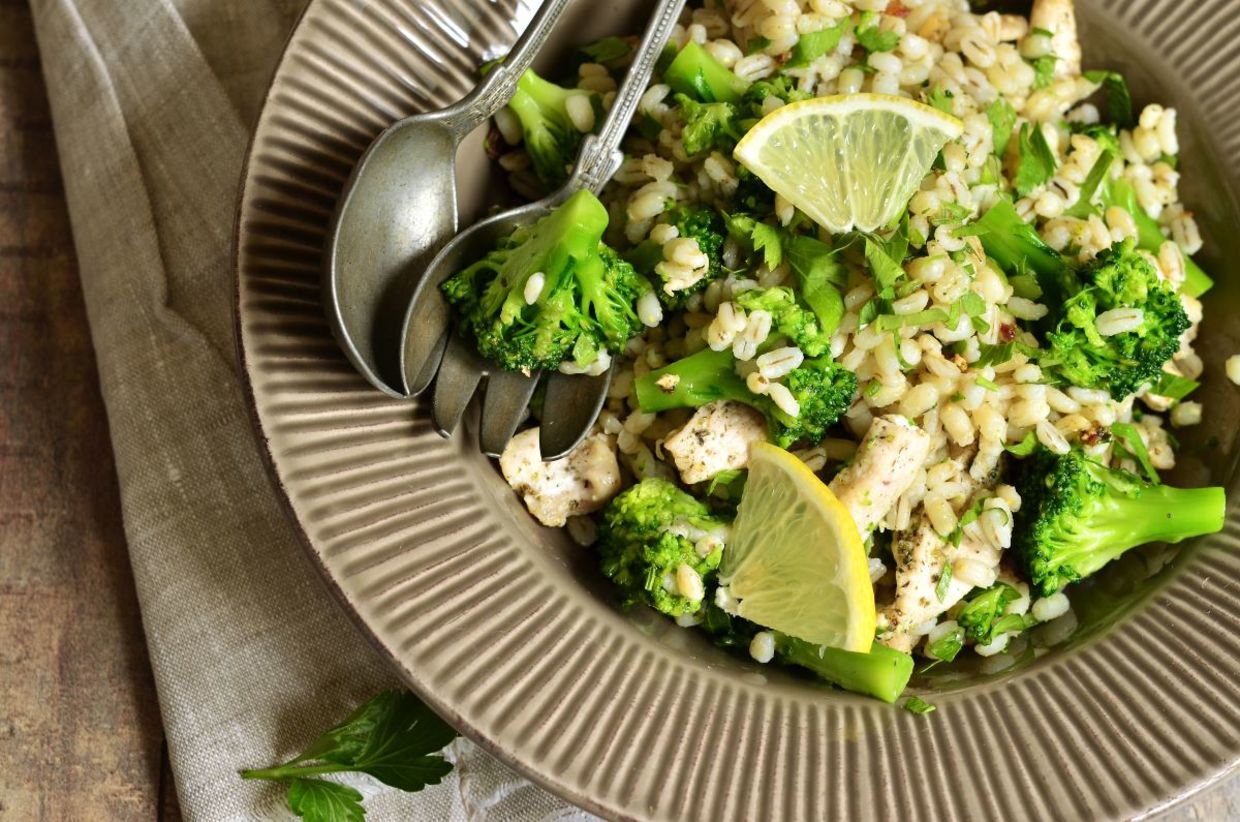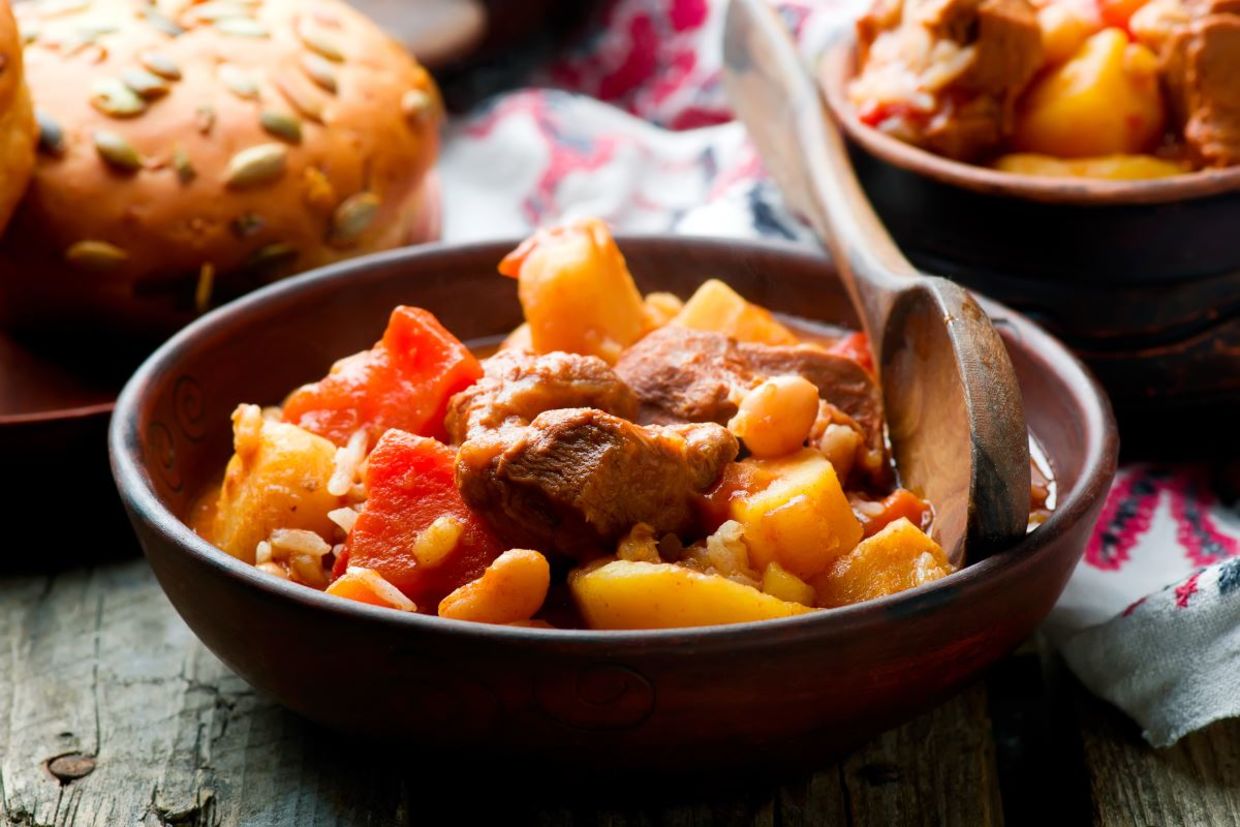
(Nitr / Shutterstock.com)
Barley is a super healthy grain that is very good for you. In fact, it is one of the most consumed grains in the US and it can be used in a large variety of dishes from soups to salads to hearty stews. People have been eating barley for thousands of years.
You can purchase barley in two main types, hulled and pearled, according to MedicalNewsToday. Hulled barley only removes the outer shell but leaves the bran and germ while pearl barley is more refined. Barley is also available as flakes and flour.
Rich in vitamins, minerals, fiber, and plant compounds, barley has many health benefits. Check out these seven best:
Nutrient Rich
Barley is nutrient rich and contains many important vitamins like B1 and niacin, minerals – including manganese, selenium, chromium, phosphorus, magnesium, iron, copper, and more – , and plant compounds like the antioxidant group lignans that have been linked to a lower risk of heart disease and some cancers, stressed Healthline. Barley is also an excellent source of fiber.

(Jack7_7 / Shutterstock.com)
Good for Your Gut
The high fiber content – most of it is insoluble – of barley could boost your gut health. Insoluble fiber does not dissolve in water and adds bulk to stool, helps to accelerate intestinal movement, and reduces your chances of constipation. The soluble fiber content in the grain helps to feed good gut bacteria and that could reduce inflammation from gut disorders like IBS, ulcerative colitis and Crohn’s disease.

(Michael C. Gray / Shuttersrock.com)
Helps Cardiovascular Health
Heart disease is the number one cause of death of adults in the US, according to the Cleveland Health website. But you can lower the risk by eating whole grains, like barley. That’s because the heart healthy grain helps to reduce bad (LDL) cholesterol and the soluble fiber it contains could reduce your blood pressure. High cholesterol and hypertension are two of the leading causes of heart disease.

(Svetlana Monyakova / Shutterstock.com)
Could With the Prevention of Diabetes
Foods – like grains – that are high in fiber and low in sugar do not cause a spike in your blood glucose level. Eating barley helps your gut slowly absorb sugar and you avoid the sugar spike and insulin rush that follows eating surgery foods. While no food can guarantee that you will not develop diabetes, replacing other carbs with barley could help.

(Yulia Davidovich / Shutterstock.com)
Helps Reduce Cancer Risk
Barley is rich in selenium which can help prevent inflammation. This is important because people with certain forms of inflammatory diseases like Crohn’s Disease have a higher risk of cancer, according to MedicalNewsToday. This occurs because chronic inflammation can prompt DNA changes where the cells start to divide uncontrollably. Selenium is also an antioxidant that helps to protect your cells from the damage caused by free radicals.

(Vladislav Noseek / Shutterstock.com)
Promotes Bone Health
The minerals – calcium, magnesium, copper, zinc, and phosphorus – that are found in barley, contribute to bone health and are essential for bone structure and strength. A study published in The Open Orthopedics Journal, found that zinc aids in bone mineralization that is important for bone density and the prevention of osteoporosis, a disease that makes bone brittle and easily breakable.

Warm barley salad with chicken and broccoli.
Could Prevent Gallstones
Barley’s high insoluble fiber content could also help prevent gallstones and gallbladder surgery, explained Healthline. Gallstones, the small particles that form spontaneously in your gallbladder usually do not cause any symptoms. But sometimes the gallstones get stuck in a duct and that is very painful, and requires removal.

(zoryanchik / Shutterstock.com)







